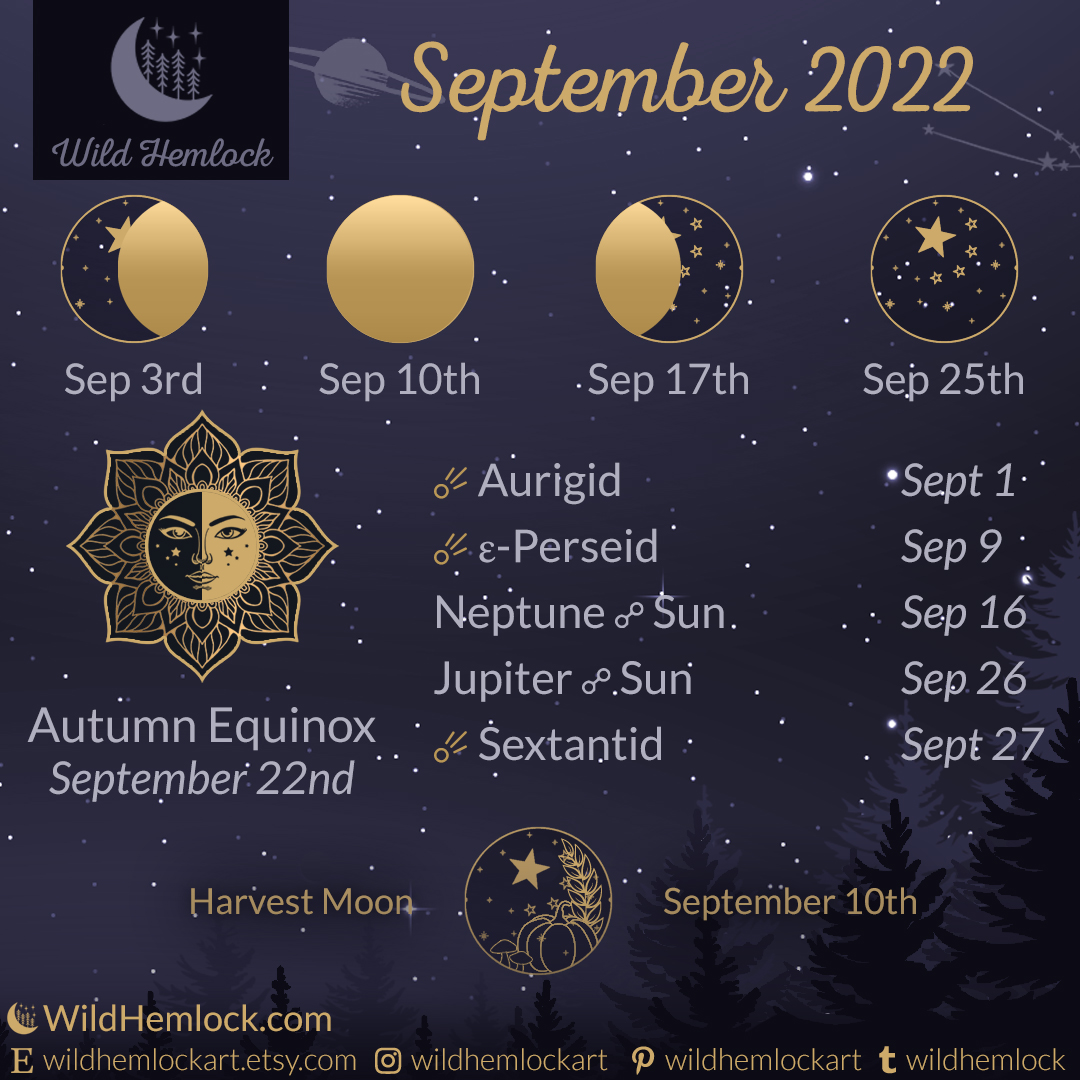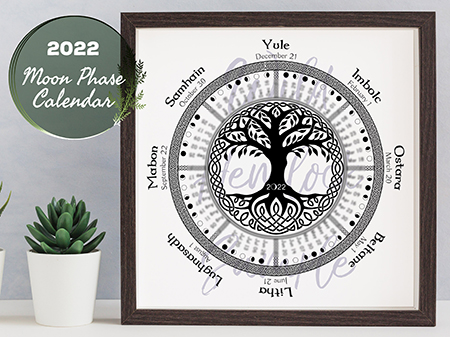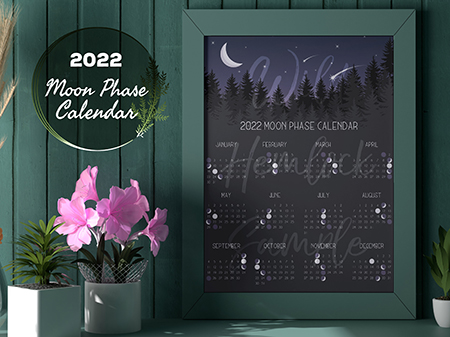Table of Contents
Check out the Glossary of Astronomical Events if you need any explanations!
It’s September again! Summer is waning (although the temperatures sure aren’t), lightning bugs are harder to find, and the fall mushrooms are starting to fruit. Although it is sad to see Summer go, there is generally a lot more Astronomy to see in the Autumn and Winter months. Speaking of Autumn, the Autumnal Equinox is September 22nd. The Harvest Moon shines on September 10th this year. Will you continue to harvest after dark? Keep reading to learn more about this month’s Meteor Showers and Planetary Alignments for astrophotography opportunities!
The intersection of the celestial equator and the sun’s ecliptic pathway in it’s southern descent towards the tropic of Capricorn. At this time, the Earth’s axial tilt is facing neither toward nor away from the sun, and there is approximately 12 hours of daylight and nighttime (at the equator).
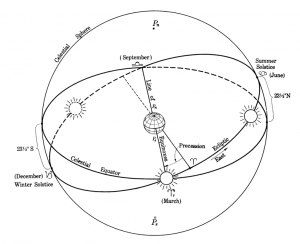
This sounds technical, but it only means that during the Earth’s uneven orbit, it is halfway between its high point and its low point. The sun is directly shining on the Equator, in the middle. During its high point, the Summer Solstice, the sun is most powerful on the Tropic of Cancer in the Northern Hemisphere. During its low point, the Winter Solstice, the sun’s most direct rays are on the Tropic of Capricorn in the Southern Hemisphere. During the Vernal (Spring) and Autumn (Fall) Equinoxes, the Equator experiences 12 hours of daylight and 12 hours of night time.
The closest Full Moon to the Autumn Equinox is known as the Harvest Moon. The Harvest Moon typically appears brighter, larger, and orange-tinted. The moon rises much quicker than usual, leading to a bright night that farm workers can utilize to continue the Harvest into the evening. According to EarthSky, this happens because the Moon has the lowest orbit of the year as viewed from the Earth. The atmosphere is thicker and more water saturated near the horizon, which causes the Moon to appear larger and red orange.
Click Here to Learn more about Meteor Showers and More at the Glossary of Astronomical Phenomena

-
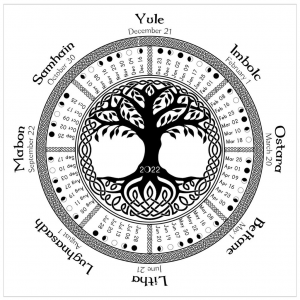 Celtic Wheel Of The Year Moon Phase Calendar 2022$19.90 – $23.90
Celtic Wheel Of The Year Moon Phase Calendar 2022$19.90 – $23.90 -
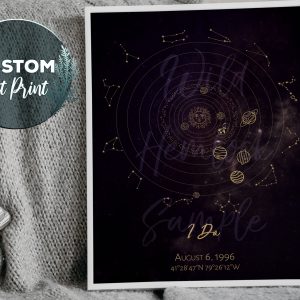 Custom Solar System Star Map with Zodiac Constellations$23.90 – $26.90
Custom Solar System Star Map with Zodiac Constellations$23.90 – $26.90 -
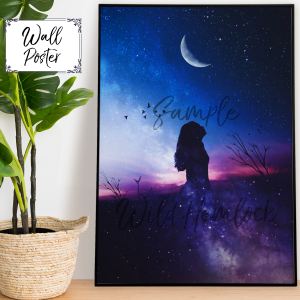 Galaxy Girl$14.90 – $18.90
Galaxy Girl$14.90 – $18.90
Astronomical Phenomena
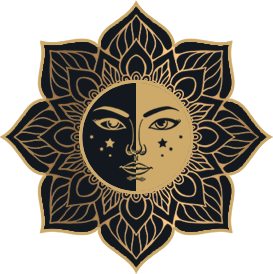 | First Day of Fall in the Northern Hemisphere September 22, 2022 |
Moon Phases
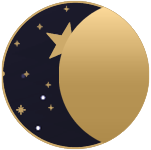 | 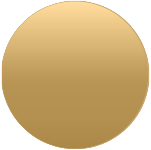 | 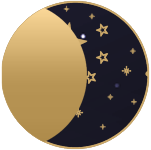 | 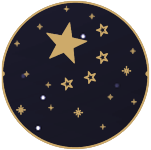 |
| First Quarter Moon September 3rd | Full Moon Harvest Moon September 10th | Third Quarter Moon September 17th | New Moon September 25th |
All times are in Eastern Standard Time (EST) or Eastern Daylight Savings Time (EDT).
Moon Facts

| Descending Node: | 1st, 28th |
| Perigee: | 7th |
| Ascending Node: | 14th |
| Apogee: | 19th |
| Moon Name: | Harvest Moon, Full Corn Moon |
Meteor Showers

Aurigid Meteor Shower
| Radiant Point Constellation: | Auriga |
| Peak Date: | Thursday, September 1st |
| Best Time, EST: | Before Dawn |
| Direction to Look: | Up towards Zenith |
| Learn More: | In-The-Sky.Org |
ε-Perseid Meteor Shower
| Radiant Point Constellation: | Perseus |
| Peak Date: | Friday, September 9th |
| Best Time, EST: | Before 5 AM EST |
| Direction to Look: | North |
| Learn More: | In-The-Sky.Org |
Sextantid Meteor Shower
| Radiant Point Constellation: | Sextans |
| Peak Date: | Tuesday, September 27th |
| Best Time, EST: | Before Dawn |
| Direction to Look: | West North West |
| Learn More: | In-The-Sky.Org |
Planetary Alignments & Lunar Conjunctions

| Moon ☌ Saturn | September 8 |
| Moon ☌ Jupiter | September 11 |
| Moon ☌ Uranus | September 14 |
| Moon ☌ Mars | September 16 |
| Neptune ☍ Sun | September 16 |
| Autumnal Equinox | September 22 |
| Jupiter ☍ Sun | September 26 |
September 2022
 Loading…
Loading…Thanks For Reading!
Do you like WildHemlock.Com?
Support with Paypal!

